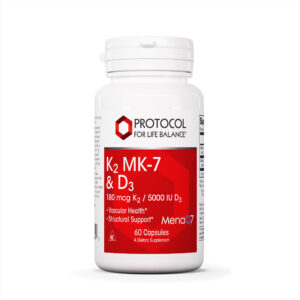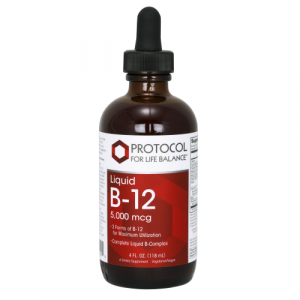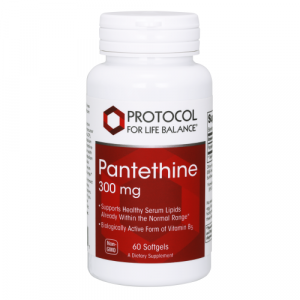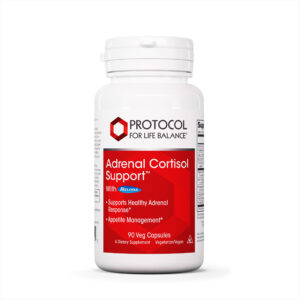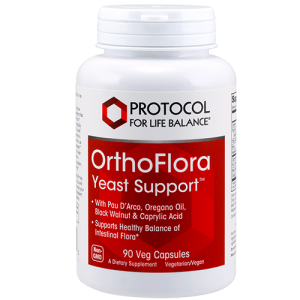Dairy free
Liquid B-12 5,000 mcg
Liquid B-12 is a complete B-complex formula that is high in vitamin B-12. B vitamins are often found together because, although each works independently of the others, they often function together in common metabolic pathways.* For example, most of the B vitamins are involved in energy production pathways.* In addition, vitamin B-12 and folic acid are both essential for the synthesis of DNA...Pantethine 300 mg
Pantethine, a biologically active form of pantothenic acid (vitamin B-5), is the precursor of coenzyme A (CoA) and acyl-carrier protein (ACP), which are both essential cofactors in the metabolism of carbohydrates, lipids and amino acids.* Pantethine has been shown to promote liver and vascular health through its ability to support healthy lipid metabolism in these tissues.* Clinical and...Adrenal Cortisol Support™
https://www.protocolforlife.com/adrenal-cortisol-support-with-relora/
Everyday life stress can impact adrenal production of cortisol and trigger stress-related eating. Adrenal Cortisol Support™ is a botanical and nutritional formulation that naturally supports a normal adrenal response and helps to promote healthy blood sugar management.* Adrenal Cortisol Support™ features Relora®, a proprietary herbal combination that has clinically demonstrated that it can...
